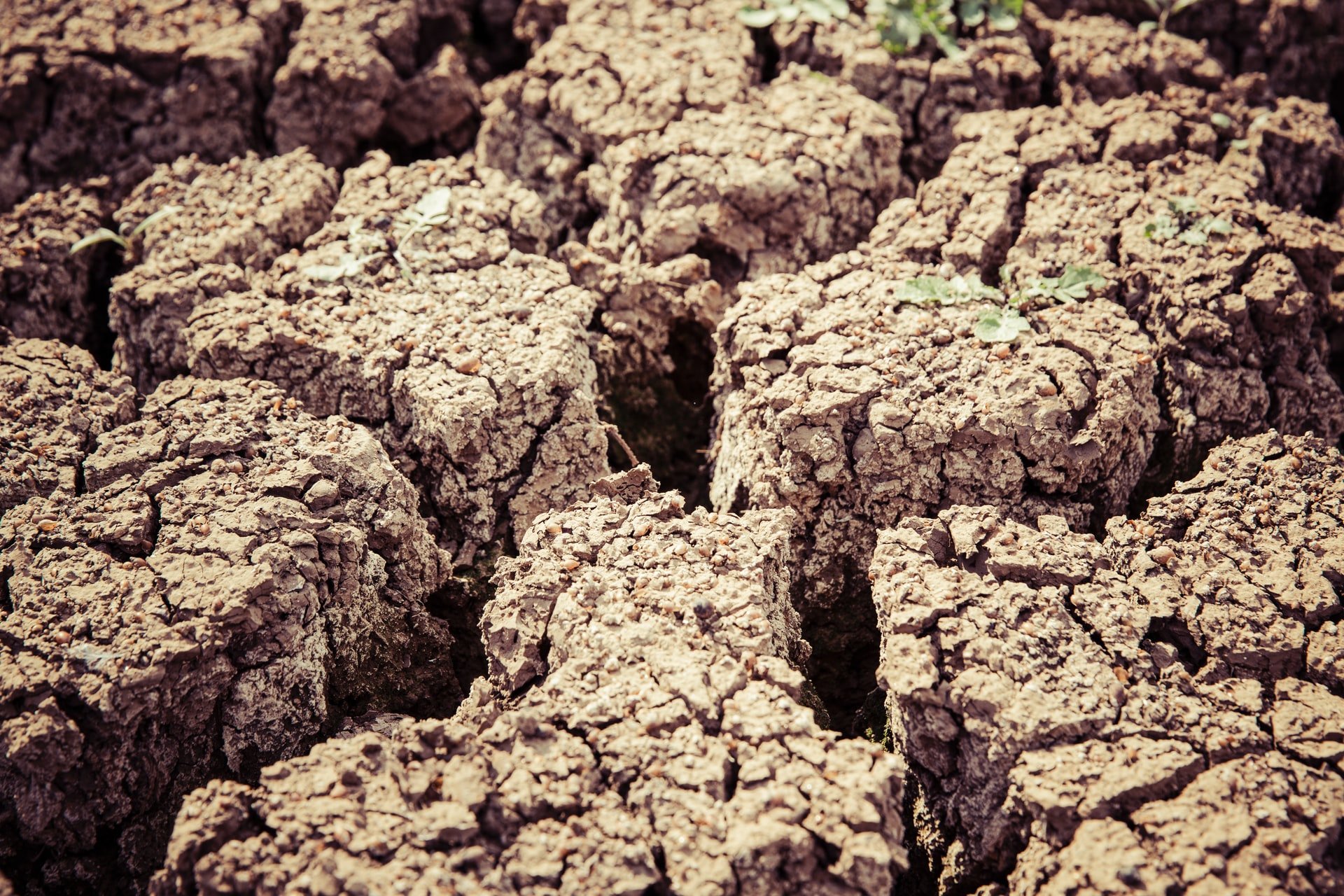The Baja Urinal from Waterless.com
You likely have heard of them. The design firm, Hernandez Greene, a design firm founded by Katrina Hernandez and Josh Greene, has been featured in the New York Times, Architectural Digest, House Beautiful, and several European architectural and home decor publications.
While writing about many things, they tend to focus on trends in restrooms and bathrooms. For instance, some of their past articles are entitled:
The 10 Best One-Piece Toilets
The 7 Best Drop-in Bathtubs
The Top 5 Ove Décor Toilets (These are oval smart toilets.)
And for those that can afford them, The 10 Best Clawfoot Tubs
And now, Hernandez Greene has listed The Top 6 Best Waterless Urinals. Published in March 2022:
Modern-day toilets and flushed urinals are highly water-consuming bathroom fixtures. Most conventional urinals use between 1 and 3 gallons of water a day.
And if you consider that an average human pees 6 to 7 times a day, that [uses] 6 to 21 gallons of water every time. This may seem unacceptable for the planet. However, we cannot ignore hygiene and cleanliness. Thanks to new technological innovations, waterless urinals are the solution to high water consumption in bathrooms.
To ensure that readers know what waterless urinals are, the firm explains that waterless urinals “are also known as dry urinals. They require accessibility to drainage networks and are suitable for public places with heavy traffic. Waterless urinals save water, reduce the water bill, and are hygienic. When well-maintained, they are odorless, have few bacteria, and minimal maintenance costs.”
With that said, we can get to the nitty-gritty. According to the design firm, the top waterless urinal now available — based on its environmental consciousness, energy savings, ease of use, and overall quality — is the Baja Waterless Urinal from Waterless Co.
While the Baja model is certainly not new, it is an “innovative” urinary system and, while it is made for installation in commercial facilities, “considered one of the best waterless urinals by many homeowners.”
According to their website:
The Baja’s waterless urinal technology works in a way whereby the liquid is concentrated in a special cartridge known as the EcoTrap cartridge and remains blocked without risk of rising. The urinal is water-effective and reduces water, maintenance, and repair bills.
It is also pointed out that with the Baja, foul odors are blocked from entering the bathroom/restroom, which “guarantees an odor-free atmosphere in the bathroom.”
Maintenance of the Baja Waterless Urinal typically requires no more than misting with a cleaning solution or disinfectant and then wiping clean. As to the EcoTrap cartridge mentioned earlier, it is placed at the bottom of the urinal. “Replacing it is easily done and is only required once every 1,500 uses, about two to four times a year.”
Thank you, Hernandez Greene, for listing us as the Top Waterless Urinal available. However, you are not the first. This model has been honored many times before as the best or one of the best no-water urinals now available. Still, we do appreciate your review.
More raves about the Baja can be found here.
Waterless Co. is a pioneer in water efficiency. To discuss ways to reduce water consumption in your facility, visit www.waterless.com





















